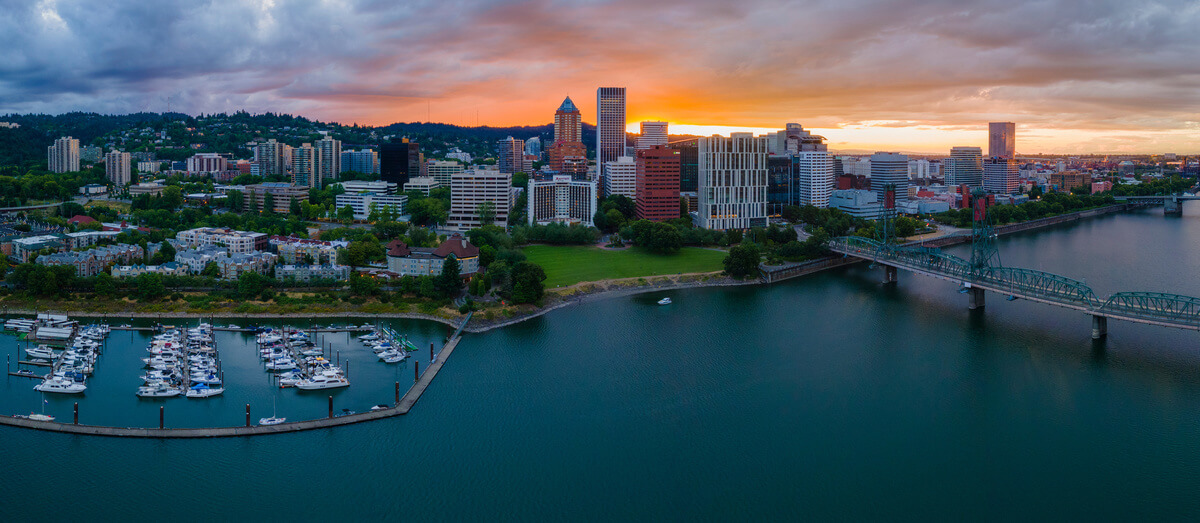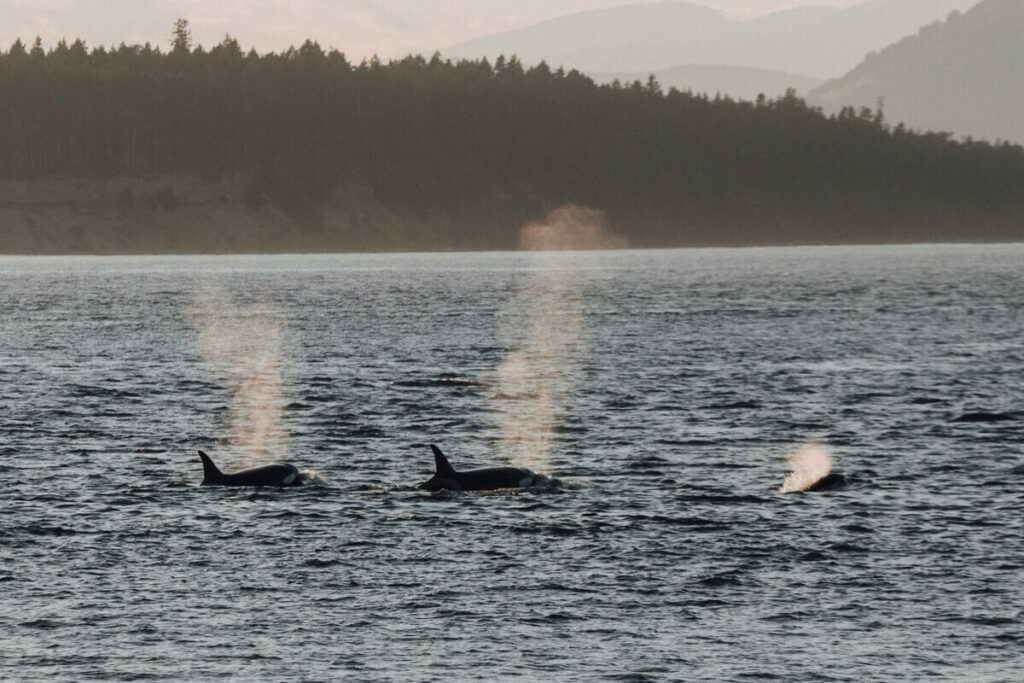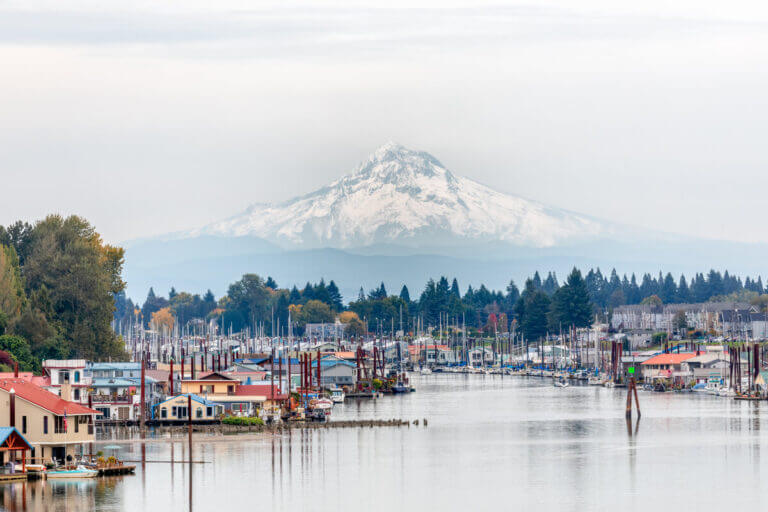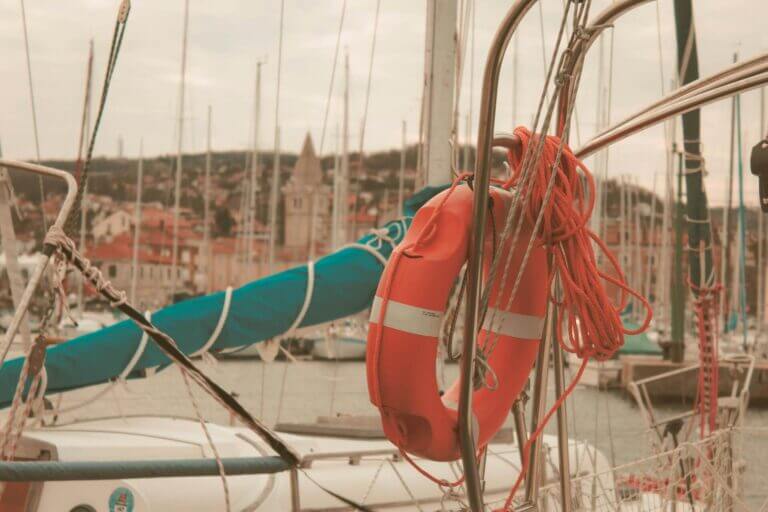New DNR Lease Rules? What Washington Marinas Need to Know in 2025

Under the Washington State Department of Natural Resources’ (DNR) new Habitat Conservation Plan (HCP), any marinas that lease state-owned aquatic lands are now subject to updated environmental standards and compliance…
Under the Washington State Department of Natural Resources’ (DNR) new Habitat Conservation Plan (HCP), any marinas that lease state-owned aquatic lands are now subject to updated environmental standards and compliance requirements.
If you’re a marina operator in Washington, your current lease cycle may bring more than routine paperwork. Right now, big things are happening in your state – including shifts in the way you may need to manage your moorage going forward with the new DNR rules.
These changes are already in effect for new leases. They’ll also apply to renewals moving forward.
And while the full scope of the plan can seem technical, the implications are direct:
If your marina doesn’t meet the new environmental standards, your lease renewal could be denied.
Understanding the rules is essential for maintaining compliance and ensuring operational success.
This isn’t cause for panic. It’s just your sign to get informed and be proactive. Marinas that change and comply early will protect their lease rights – critical – but can also position themselves as environmentally responsible operators, onces ready for the next era of coastal stewardship.
What Is the DNR Habitat Conservation Plan?
Washington’s Habitat Conservation Plan (HCP) is a 50-year agreement between the Department of Natural Resources (DNR), the U.S. Fish & Wildlife Service, and NOAA Fisheries. Its aim is to protect Washington’s critical aquatic ecosystems while still supporting responsible commercial uses. This can include marina operations.
The plan is already in effect, and it applies to new and renewing leases on state-owned aquatic lands. If your marina operates over submerged land leased from the state, the HCP almost certainly applies to you. You may need to rethink some aspects of your marina’s infrastructure to be more in line with Washington’s long-term stewardship goals.
The specific practices you may need to weave into your plans will depend on your precise location and environment. Generally, though, increased habitat setbacks, dock redesigns, and vegetation impact monitoring are all parts of the HCP going forward. The plan prioritizes preserving sensitive environments like eelgrass beds, forage fish habitat, and migratory pathways.
If your marina is in or near said sensitive environments, you may have new action items appearing on your to-do list.
What’s Changing for Marina Operators Under the New DNR Lease Rules?
Here’s a more detailed look into the new environmental standards that may directly affect how your Washington marina operates.
Depending on your unique location, you may need to work with:
Setback requirements. New leases — and many renewals — may need to increase the distance between marina infrastructure and sensitive habitats like eelgrass beds and forage fish spawning grounds.
That might mean shortening a pier, removing older end slips, or redesigning layouts to reduce impact zones.
Strategic dock configuration and design. Expect tighter restrictions on dock orientation and shape — particularly in shallow areas. Overwater structures that create excess shading or disrupt natural sediment flow, like long finger piers or T-heads, may be flagged for redesign or removal.
Updated material limitations. Pressure-treated lumber and older pilings may need to be replaced. Instead, you may need to opt for steel or composite alternatives with lower leach rates, especially near any vegetated shallows.
A focus on vegetation monitoring. You may be asked to document aquatic vegetation near your facility — not just once, but regularly.
This can include documenting eelgrass during peak growth seasons and photographing any areas impacted by maintenance or tenant activity.
Infrastructure upgrades. Washington marina leases now may require installing grated or light-penetrating decking, swapping solid floats for light-permeable ones, and using embedded anchors to reduce seabed scouring.
Stormwater and fuel containment. Marina operators may need to improve runoff filtration near upland storage or fueling areas. This can include adding bioswales, drip pans, or secondary containment for tanks.
Administrative changes. You may see new leasing and land transaction templates, more rigorous review checklists, and clearer expectations for site plan submittals and renewal documentation.
Don’t assume your existing infrastructure will be grandfathered in. Even if your lease isn’t up yet, high-risk areas may be prime candidates for proactive retrofitting or reporting. Addressing these environmental standards now, rather than scrambling during renewal or a sudden inspection, is the better bet for your sanity, stress levels, and sustainability goals.
What Washington Marina Operators Need to Do Now
Proactive marina operators won’t wait for a renewal notice to get ahead of the HCP. Smart prep now can prevent rushed rebuilds, surprise costs, or worst-case, stalled lease approvals.
Here’s what we’d recommend tackling:
Review your lease timeline.
Find your renewal date — then count back 6 to 9 months. That’s your window for conducting audits, pulling permits, and planning any upgrades that could affect lease terms.
Conduct a site-level audit.
Focus on the essentials. These likely include:
- Dock layout and overwater coverage — especially in nearshore shallows
- Piling type and age (e.g., creosote-treated vs. steel or composite)
- Known eelgrass beds or forage fish zones beneath or near slips
- Upland runoff sources — fuel dock drains, boatyard washdown areas, storage zones
Use in-house staff for early checks, or bring in a marine biologist or waterfront planner if you’re near high-sensitivity zones.
Engage with the DNR early.
Don’t wait for a form letter. Reach out for site-specific guidance, especially if your layout includes older structures or legacy permits. You’ll likely find that most DNR reps are collaborative, especially when approached early.
Budget for targeted upgrades.
Start building estimates for things like light-permeable decking, non-toxic floatation, or containment berms around fueling zones. You don’t need a capital campaign; just a smart, phased plan. In some cases, partial funding may be available through habitat or coastal infrastructure grants.
Communicate with tenants and vendors.
Let liveaboards, yacht brokers, and seasonal renters know what’s coming, especially if it involves reconfiguring gangways or limiting slip access.
Proactive updates = fewer 5 a.m. dockside complaints.
Document everything.
Take time-stamped photos, archive bathymetric maps, log conversations.
If a compliance issue arises, your paper trail shows good faith and progress.
Here’s a quick example: At Lakebay Marina, a complete site overhaul — including removal of derelict docks, habitat restoration, and future plans for sustainable moorage — is serving as a model for what early, thoughtful adaptation can look like.
How Environmental Compliance Can Increase Moorage Occupancy and Visibility
Consider this: Compliance could be your competitive advantage. It’s tempting to think of these compliance upgrades as another frustrating box to check. And we get that. Investing in compliance can mean infrastructure upgrades and paperwork, but the return shows up in occupancy, trust, and long-term resilience.
For example:
Eco-conscious boaters will notice.
Moorage demand is growing, especially among first-time and younger owners. Many are actively seeking marinas with visible sustainability practices. Docks with grated decking, native shoreline buffers, and low-impact fueling setups signal alignment with modern values. That’s a magnet for long-term tenants.

Marketing becomes turnkey.
Listing slips through platforms like Marina Moorage is exponentially easier when your facility looks the part. Light-permeable walkways, updated piling, and clean waterlines photograph well and translate to trust on first click.
Grants and co-marketing stretch your budget.
Some restoration-ready improvements — like habitat-friendly dock materials or stormwater containment systems — may unlock regional grants or shared promotional opportunities through the Aquatics Stewardship Program. Funding partnerships can soften the cost curve while building your credibility.
Visibility protects ROI.
Upgrades only pay off if slips stay full.
Proactive marina slip listings — especially on commission-free, searchable-by-size platforms — help increase moorage occupancy while keeping margins steady.
Bottom line: Compliance isn’t a constraint. Instead, it’s how forward-thinking marinas can stand out in a more informed, conservation-forward market. Trust, visibility, and long-term tenants could be your return on doing things right.
Smarter Moorage Starts Right Here
Lease compliance brings your infrastructure in line with environmental expectations. It also opens the door to modernizing how you fill and manage your slips.
That’s where Marina Moorage comes in.
The platform is built to help you reach your goal: helping your marina stay full, visible, and in control…without commissions, complexity, or long-term contracts.
With Marina Moorage, you can:
- List slips by size in just a few clicks — no more “call for details.”
- Set pricing, respond to leads, and manage listings on your own terms.
- Close listings as they fill, giving you real-time visibility control.
- Skip broker fees that chip away at post-upgrade ROI.
- Stay flexible with cancel-anytime terms and no platform lock-ins.
Stay Compliant. Stay Full. Stay Ahead.
Washington’s HCP marks a long-term shift in how coastal lands are managed. The marinas that get proactive now will be the ones with smoother renewals, fewer surprises, and fuller docks.
While you focus on compliance, we’ll help you keep slips booked.List your slips today and take one task off your renewal prep list.
Serious About Improving Your Marina’s Performance?
We’ve helped docks across the West Coast grow revenue and stay full. Find out how with expert guidance from our Marina Consultants.






